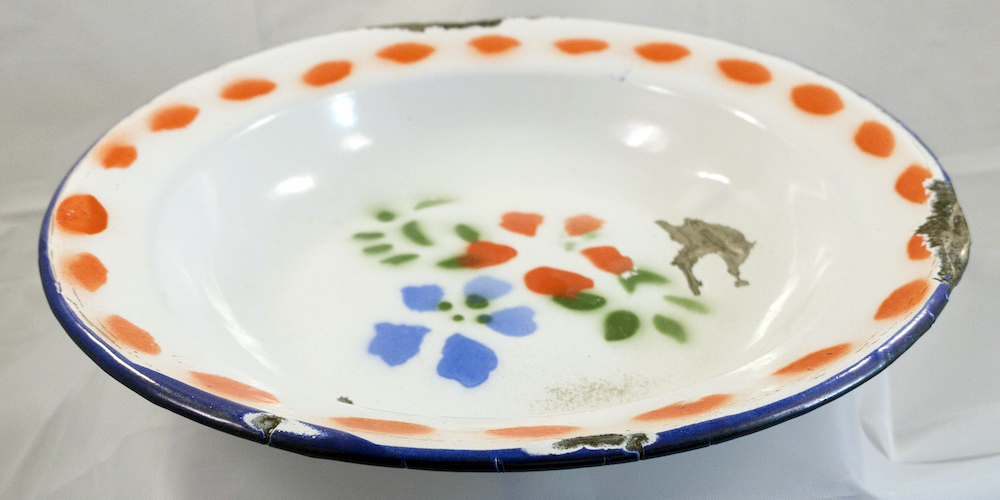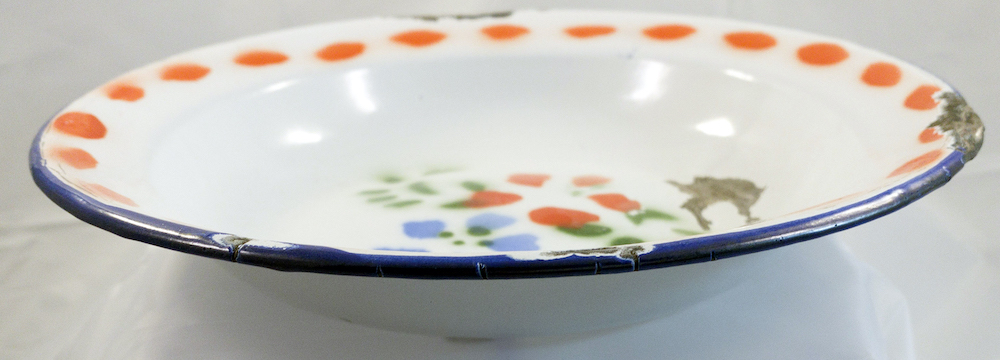Prato Plate
Object contributed by anonymous object contributor




About This Object
This Prato plate is something you may look at and think, is this connected to Samba dancing? Well, this plate ties Samba dancing altogether. Samba dancing originates from the 19th Century in Brazil, with have its move and music beats coming from African slave dances. These moves flow and go to the rythym of the music. This plate has the ethos of what samba brings out in dancers. This plate resembles the dancing flows and beats that come with samba music.
So when you are in the circle you are a participant. When you’re in the circle you’re a participant. There’s no such thing as an audience, no one is removed from the performance. The plate I think kind of represents the ethos of samba, in that it’s a circular communal event. It’s also a humble instrument, and rural samba musicians are usually farmers, working class people. Samba is famously versatile, so you know, even if you don’t have an instrument you can still play–you can clap your hands, you can dance, you can tap your feet. —anonymous object contributor
Samba for everyone
A History Harvest Perspective
As samba dancing may seem daunghting at first, it is very easy to learn. It is a dance that brings out everyone, even IU’s very own, Straight No Chaser. This group always finds a way to incorporate this dance style in their set when they return to IU. Samba dancing is easy for everyone and anyone can learn. Watch this Youtube tutorial below to learn more on the dance style.